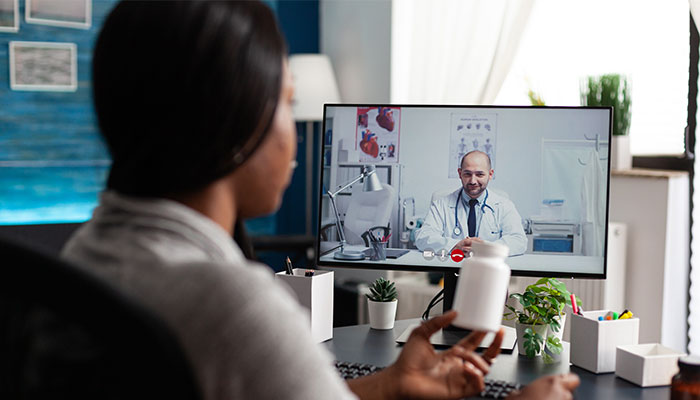In the United States alone, one in every five persons has reported an unmet need for mental health treatment — that’s more than nine million people. Neglecting mental disorders for a long period of time can have negative consequences for both individual and society as whole.
With other social difficulties, such as opioid crisis, need for mental health care & easily accessible drug misuse therapy is growing. Particularly in rural places where these challenges are frequent and access to care can be challenging.
Challenges in Mental Health Treatment
Shortage of Care & Access

Approximately 111 million people in the United States live in locations where there is a mental health professional deficit. Approximately half of the counties in the United States do not have access to even one psychiatrist.
On a worldwide scale, more than 40% of nations lack a mental health policy, 30% lack any type of mental health program, and 25% lack mental health law. Millions of individuals will be denied access to mental health therapy as a result of this.
Stigma & Fear

The lack of mental health specialists and therapy is not the only barrier stopping individuals from receiving needed care.
Fear and stigma are two more prominent reasons why people do not seek therapy.
Two-thirds of people with mental illnesses do not seek professional care, and a recent survey found that while 80 percent of adults feel mental illness therapy is successful, just 35 to 67 percent believe that others are compassionate and empathetic towards persons with mental illnesses.
Benefits of Telehealth for Mental Health Care
Telehealth has the potential to dramatically revolutionize how we think about mental health and how people receive care. Some of the most significant benefits of telehealth for mental health are:
Mitigate Shortage of Mental Health Professionals

As mental disorders become increasingly frequent, we are beginning to realize how critical mental health is on a worldwide basis. However, there aren’t enough mental health professionals to treat the millions of individuals who need it.
Telehealth is an excellent way to bridge the gap since it simply requires a solid internet connection and a laptop, computer, tablet, or smartphone with a camera. Because of the ease of use of telehealth, mental health providers can see their patients regardless of their location.
Ease of Communication & Monitoring

Telehealth is a concept which uses technology for all communication and monitoring of patients . This enables mental health providers to interact, monitor, and follow-up with their patients in real time.
Patients can quickly learn more about mental illness and how to contact additional treatment providers.
Telehealth also allows patients’ symptoms to be monitored using remote patient monitoring devices including sensors and telemedicine applications.
The virtual environment of telemedicine allows for rapid and convenient follow-up with patients and treatment, decreasing care delays, which can be a barrier when it comes to in-person services.
Improve Access to Mental Healthcare

As previously stated, telehealth therapy is available to everyone with an internet connection. This is an excellent choice for people who are housebound, have problems travelling or do not have transportation, have impairments, or reside in remote locations.
In 2016, more than 81 percent of US homes had Internet connectivity, and this figure has only increased since then. Because of the internet’s accessibility, more individuals can now get telehealth services.
Because telehealth is virtual and patients may “meet” with their mental health professional from wherever they are, it removes the need for individuals to take time off work or arrange childcare, which prevents many people from getting therapy in the first place. Moreover, using telehealth platforms is associated with improved patient outcomes.
Comfortable for Patients to Receive Treatment

Some patients delay receiving therapy because they are afraid of being recognized when travelling to appointments or waiting in the waiting room, or they have transportation, scheduling, or other challenges. This may be humiliating and distressing, and it can also induce anxiety, increasing the pre-existing mental disorder.
Fortunately, with telehealth, all of this may be avoided. Patients are far more inclined to seek therapy when they have the comfort and privacy that telemedicine affords.
Conclusion
Telehealth is a game changer for mental health providers who wish to expand their patient base, remain in high demand, and continue delivering services in the face of unanticipated occurrences like COVID-19.
This strategy of offering mental health therapy upsets the present healthcare landscape while also bringing much-needed innovation and accessibility. With the continuous growth & popularity of telehealth, we should expect significant changes in the mental health care in next years.

